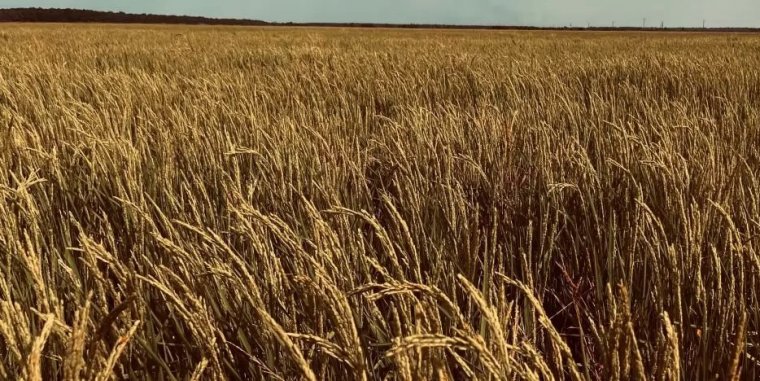| Science |
Plant responses to higher temperatures change depending on how hot it gets
How plants balance carbon dioxide intake with water loss in the face of rising temperatures has implications for water use in agriculture and the resilience of critical crops to environmental change.

New research shows that under extreme heat a distinct pathway controls the opening of a plant's stomatal pores. Different than the pathway that controls stomatal opening as the temperature increases at lower temperatures, this one bypasses the carbon dioxide sensors and photosynthetic activity and opens the stomatal pores to let the plant “sweat” through a process known as transpiration, in which water stored in the plant is lost through the open pores. The research was conducted in Arabidopsis thaliana, a well-studied weed species, and Brachypodium distachyon, a flowering plant that is related to major grain crops such as wheat, maize and rice. Photo: Nattiwong Paankasem
Researchers at the University of California San Diego examining how plants respond to increases in heat levels have discovered two distinct mechanisms that control how plants open their stomatal pores in response to the change— with different responses depending on how hot it is.
As the temperature rises to about 82 degrees Fahrenheit, the carbon dioxide sensors in plants detect the increase and direct an increase in photosynthesis.
This ramping up of the conversion of carbon dioxide to energy reduces carbon dioxide in the plant, causing the plant's pores, known as stomata, to open, allowing more carbon dioxide to be taken in from the air.
A different mechanism kicks in if it gets hotter, though, around 93 degrees Fahrenheit.
This one bypasses the carbon dioxide sensors and photosynthetic activity and opens the stomatal pores to let the plant "sweat" through a process known as transpiration, in which water stored in the plant is lost through the open pores.
In "sweating" without increasing photosynthesis, the plants reduce their water use efficiency. This could require more water for the same growth, impacting agricultural irrigation and the broader water cycle.
Notably, the research conducted on Arabidopsis thaliana, a well-studied weed species, and Brachypodium distachyon, a flowering plant that is related to major grain crops such as wheat, maize and rice, required the development of unique approaches to maintaining humidity levels in the air and the plant's response to light while increasing the temperature to be sure what was being measured was a response to heat and not another factor.
"This work shows the importance of curiosity-driven, fundamental research in helping to address societal challenges, build resiliency in key areas like agriculture, and, potentially, advance the bioeconomy," said Richard Cyr, a program director in the NSF Directorate for Biological Sciences.
"Further understanding of the molecular complexities that control the basis of stomatal function at higher temperatures could lead to strategies to limit the amount of water needed for farming in the face of global increases in temperature." (U.S. National Science Foundation)
YOU MAY ALSO LIKE





